Then down Av de los Presidentes (Avenue of the Presidents) passing the large elegant mansions where some of some of Cuba's former presidents as well as other important historical figures lived.
Statues of illustrious Latin American leaders line the Las Ramblas–style Calle G (officially known as Av de los Presidentes), including Salvador Allende (Chile), Benito Juárez (Mexico) and Simón Bolívar. At the top of the avenue is a huge marble Monumento a José Miguel Gómez , Cuba's second president. At the other end, the monument to his predecessor – Cuba's first president – Tomás Estrada Palma (long considered a US puppet) has been toppled, with just his shoes remaining on the original plinth.
Guarding the entrance to Calle G (G Street), on the Malecón is the equestrian Monumento a Calixto García, paying homage to the valiant Cuban general who was prevented by US military leaders in Santiago de Cuba from attending the Spanish surrender in 1898. Twenty-four bronze plaques around the statue provide a history of García's 30-year struggle for Cuban independence.
http://www.lonelyplanet.com/cuba/havana/sights/neighbourhoods-villages/av-de-los-presidentes#ixzz3x0mitpq0
A drive along part of the 8 km Malecon with the waves breaking over the sea wall. No wonder hardly anyone was out there.
The Malecón, Havana's evocative 8km-long sea drive, is one of the city's most soulful and quintessentially Cuban thoroughfares. Long a favored meeting place for assorted lovers, philosophers, poets, traveling minstrels, fisherfolk and wistful Florida-gazers, the Malecón's atmosphere is most potent at sunset when the weak yellow light from creamy Vedado filters like a dim torch onto the buildings of Centro Habana, lending their dilapidated facades a distinctly ethereal quality.
Laid out in the early 1900s as a salubrious ocean-side boulevard for Havana's pleasure-seeking middle classes, the Malecón expanded rapidly eastward in the century's first decade with a mishmash of eclectic architecture that mixed sturdy neoclassicism with whimsical art nouveau. By the 1920s the road had reached the outer limits of burgeoning Vedado, and by the early 1950s it had metamorphosed into a busy six-lane highway that carried streams of wave-dodging Buicks and Chevrolets from the gray hulk of the Castillo de San Salvador de la Punta to the borders of Miramar. Today the Malecón remains Havana's most authentic open-air theater, a real-life 'cabaret of the poor' where the whole city comes to meet, greet, date and debate.
Fighting an ongoing battle with the corrosive effects of the ocean, many of the thoroughfare's magnificent buildings now face decrepitude, demolition or irrevocable damage. To combat the problem, 14 blocks of the Malecón have been given special status by the City Historian's Office in an attempt to stop the rot.
The Malecón is particularly evocative when a cold front blows in and massive waves crash thunderously over the sea wall. The road is often closed to cars at these times, meaning you can walk right down the middle of the empty thoroughfare and get very wet.
http://www.lonelyplanet.com/cuba/havana/sights/neighbourhoods-villages/malecon#ixzz3x0nY5lHS
Past the newly opened US Embassy before seeing the Maimi's Breakers Hotel lookalike Hotel Nacional with a couple of classic American convertibles cars pulling out of the driveway.
Passing the Revolution Museum with a mental note to visit this later on.
Malecón
Sunday, December 20, 2015
 Havana, La Habana, Cuba
Havana, La Habana, Cuba
Other Entries
-
1Cuba ... Guantanamo Bay or classic American cars?
Dec 182 days prior Auckland, New Zealandphoto_camera0videocam 0comment 0
Auckland, New Zealandphoto_camera0videocam 0comment 0 -
2Wrong way pilot. Santiago is the other way.
Dec 182 days prior Auckland, New Zealandphoto_camera18videocam 0comment 1
Auckland, New Zealandphoto_camera18videocam 0comment 1 -
3Queue jumping = mad rush to connect to Lima
Dec 182 days prior Santiago, Chilephoto_camera37videocam 0comment 0
Santiago, Chilephoto_camera37videocam 0comment 0 -
4Overnight Lima
Dec 182 days prior Miraflores, Peruphoto_camera16videocam 0comment 1
Miraflores, Peruphoto_camera16videocam 0comment 1 -
5Non-reclining seat for the 51/2 hr flight > Havana
Dec 191 day prior Lima, Peruphoto_camera17videocam 0comment 0
Lima, Peruphoto_camera17videocam 0comment 0 -
6Fun & Games @ Havana airport
Dec 191 day prior Havana, Cubaphoto_camera35videocam 0comment 0
Havana, Cubaphoto_camera35videocam 0comment 0 -
7Plaza de Armas
Dec 20earlier that day Havana, Cubaphoto_camera59videocam 0comment 0
Havana, Cubaphoto_camera59videocam 0comment 0 -
8Calle de los Oficios
Dec 20earlier that day Havana, Cubaphoto_camera29videocam 0comment 0
Havana, Cubaphoto_camera29videocam 0comment 0 -
9Plaza de San Francisco de Asis
Dec 20earlier that day Havana, Cubaphoto_camera30videocam 0comment 0
Havana, Cubaphoto_camera30videocam 0comment 0 -
10Plaza Vieja
Dec 20earlier that day Havana, Cubaphoto_camera37videocam 0comment 0
Havana, Cubaphoto_camera37videocam 0comment 0 -
11Calle Mercaderes
Dec 20earlier that day Havana, Cubaphoto_camera20videocam 0comment 0
Havana, Cubaphoto_camera20videocam 0comment 0 -
12Plaza de la Catedral
Dec 20earlier that day Havana, Cubaphoto_camera30videocam 0comment 0
Havana, Cubaphoto_camera30videocam 0comment 0 -
13Estatua de Chrusto
Dec 20earlier that day Havana, Cubaphoto_camera33videocam 0comment 0
Havana, Cubaphoto_camera33videocam 0comment 0 -
14Revolution Square / Plaza de la Revolution
Dec 20earlier that day Havana, Cubaphoto_camera8videocam 0comment 0
Havana, Cubaphoto_camera8videocam 0comment 0 -
15Malecón
Dec 20 Havana, Cubaphoto_camera22videocam 0comment 0
Havana, Cubaphoto_camera22videocam 0comment 0 -
16Move aside Tom Cruise
Dec 20later that day Havana, Cubaphoto_camera25videocam 0comment 0
Havana, Cubaphoto_camera25videocam 0comment 0 -
17A fistful of money
Dec 211 day later Australia, Cubaphoto_camera38videocam 0comment 1
Australia, Cubaphoto_camera38videocam 0comment 1 -
18Crocodile for lunch
Dec 211 day later Los Sábalos, Cubaphoto_camera20videocam 0comment 0
Los Sábalos, Cubaphoto_camera20videocam 0comment 0 -
19Bay of Pigs - Museo de Playa Girón
Dec 211 day later Playa Girón, Cubaphoto_camera26videocam 0comment 0
Playa Girón, Cubaphoto_camera26videocam 0comment 0 -
20Cienfuegos
Dec 211 day later Cienfuegos, Cubaphoto_camera48videocam 0comment 0
Cienfuegos, Cubaphoto_camera48videocam 0comment 0 -
21Cienfuegos Macelon sunset
Dec 211 day later Punta Gorda, Cubaphoto_camera36videocam 0comment 0
Punta Gorda, Cubaphoto_camera36videocam 0comment 0 -
22Rationing in Cuba
Dec 222 days later Trinidad, Cubaphoto_camera59videocam 0comment 0
Trinidad, Cubaphoto_camera59videocam 0comment 0 -
23Cocktail, Cigar, Dancing & Singing
Dec 222 days later Trinidad, Cubaphoto_camera91videocam 0comment 0
Trinidad, Cubaphoto_camera91videocam 0comment 0 -
24Multi-Coloured “All Sorts” Lollies
Dec 222 days later Trinidad, Cubaphoto_camera62videocam 0comment 0
Trinidad, Cubaphoto_camera62videocam 0comment 0 -
25Bad Hair Day
Dec 233 days later Topes de Collantes, Cubaphoto_camera65videocam 0comment 0
Topes de Collantes, Cubaphoto_camera65videocam 0comment 0 -
26Chickens up a tree, dogs barking & cats wandering
Dec 233 days later Topes de Collantes, Cubaphoto_camera14videocam 0comment 0
Topes de Collantes, Cubaphoto_camera14videocam 0comment 0 -
27Cockerel doing whatever cockerel do, but @ 3.33am!
Dec 244 days later Topes de Collantes, Cubaphoto_camera34videocam 0comment 1
Topes de Collantes, Cubaphoto_camera34videocam 0comment 1 -
28Jincila Cocktail
Dec 244 days later Topes de Collantes, Cubaphoto_camera28videocam 0comment 0
Topes de Collantes, Cubaphoto_camera28videocam 0comment 0 -
29Sendero de Alfombra Magica
Dec 244 days later Topes de Collantes, Cubaphoto_camera47videocam 0comment 0
Topes de Collantes, Cubaphoto_camera47videocam 0comment 0 -
30Mastercard or Visa?
Dec 255 days later Trinidad, Cubaphoto_camera29videocam 0comment 1
Trinidad, Cubaphoto_camera29videocam 0comment 1 -
31San Isidro de los Destiladeros
Dec 255 days later Iznaga, Cubaphoto_camera39videocam 0comment 0
Iznaga, Cubaphoto_camera39videocam 0comment 0 -
32Sancti Spiritus
Dec 255 days later Sancti Spíritus, Cubaphoto_camera88videocam 0comment 0
Sancti Spíritus, Cubaphoto_camera88videocam 0comment 0 -
33Christmas dinner under a full moon
Dec 255 days later Camagüey, Cubaphoto_camera25videocam 0comment 0
Camagüey, Cubaphoto_camera25videocam 0comment 0

 Havana, La Habana, Cuba
Havana, La Habana, Cuba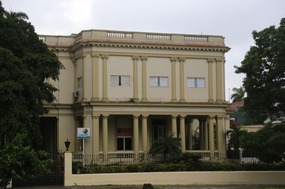
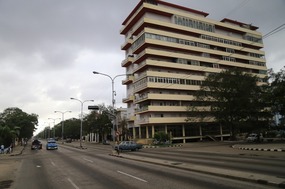
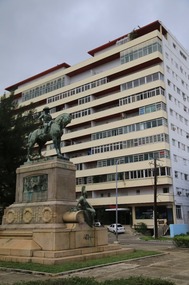
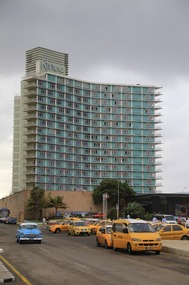
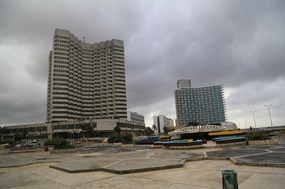
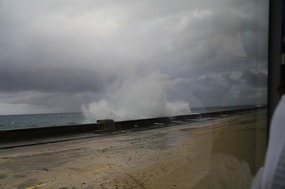
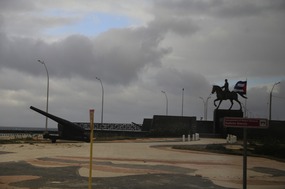
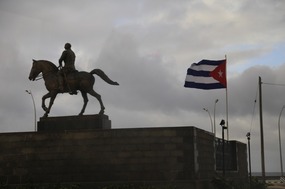
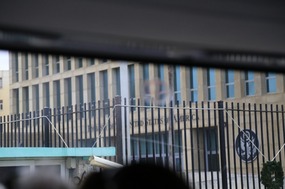
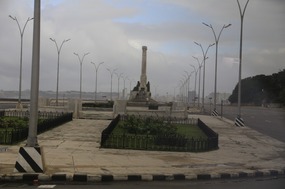
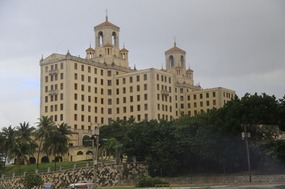
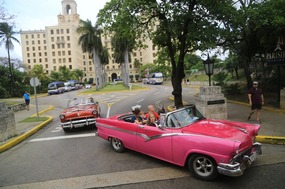
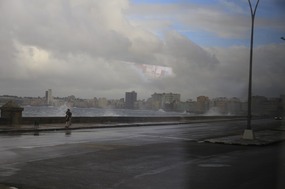
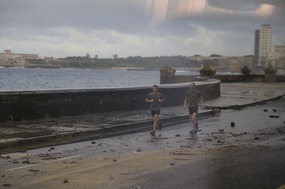
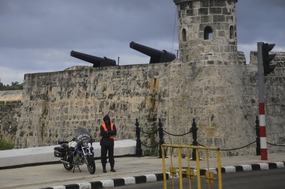
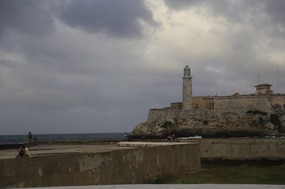
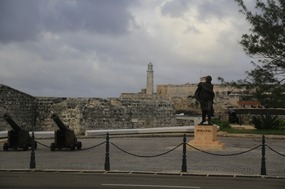
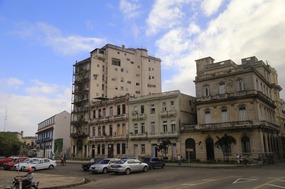
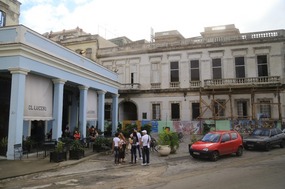
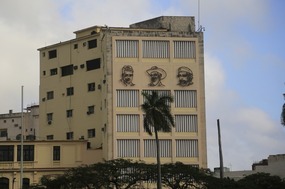
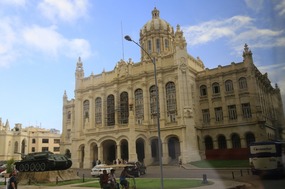
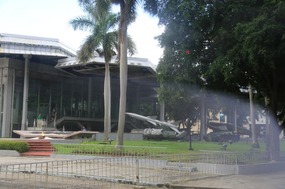




2025-05-22